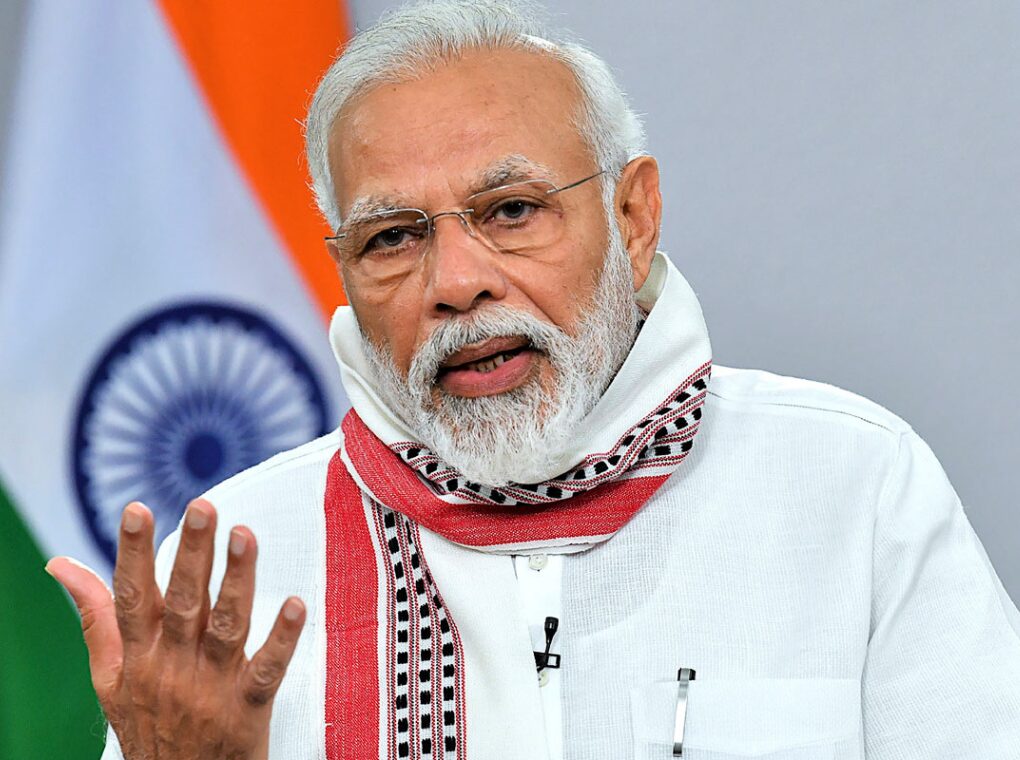As speculation intensifies that India and the United States are close to finalizing a long-pending bilateral trade agreement, New Delhi finds itself negotiating from a position of rare confidence. Despite heightened tensions, record tariffs, and market volatility, India’s economic resilience and evolving global trade posture have strengthened its hand at the negotiating table—signaling that a balanced, equitable deal may indeed be within reach.
The trade talks, which have stretched for months, have tested both governments’ patience. Historically, bilateral trade agreements with the US tend to be long-drawn and demand significant concessions from smaller economies. Yet, India has drawn firm red lines, particularly in the politically sensitive farm and dairy sectors, and has refused to concede ground despite pressure from Washington.
This firmness is not mere diplomatic theatrics; it is backed by data points, policy shifts, and geopolitical developments that have collectively emboldened New Delhi.
Union Commerce Minister Piyush Goyal recently reflected this confidence, emphasizing that the US sees India as a “trusted partner” and that any agreement must be “fair, equitable, and balanced.” A senior government official echoed this sentiment to Reuters, asserting that India is prepared to wait if the terms are not satisfactory. “For now, we’ve avoided the worst impact of the 50% US tariffs. If needed, we are ready to wait,” the official remarked.
Economic Resilience Amid Tariff Pressures
Key to India’s toughened stance is the economy’s surprising resilience. When President Donald Trump imposed 50% overall tariffs in August—half of them punitive in response to India’s imports of Russian oil—analysts feared significant economic disruption. However, the impact has been far milder than anticipated.
In fact, the International Monetary Fund (IMF) revised its growth forecast for India upward—from 6.4% to 6.6% for the current fiscal year—despite the tariff shock. Forbes, in a late October analysis, concluded that “India’s GDP growth has remained largely unaffected by President Trump’s tariffs,” underscoring the economy’s strong domestic demand and policy support.
The government’s quick response also helped cushion the blow. The September GST rate cuts boosted consumption at a critical time, supporting industries vulnerable to export fluctuations.
On the export front, the numbers tell a story of gradual adaptation rather than collapse. Indian exports to the US declined 8.6% year-on-year in October to $6.3 billion—still a notable improvement from September’s 12% fall. October also marked the first month of export growth to the US after five months of contraction, even as overall exports dipped 11.8%. Sectors like spices, tea, and some engineering goods have shown signs of stabilization, aided by diversification efforts into Europe, the Middle East, and Southeast Asia.
US Tariff Rollbacks: A Strategic Opening
One of the biggest confidence boosters for India came from Washington itself. Facing rising domestic inflation and political backlash, the Trump administration quietly rolled back tariffs on over 200 food products, including tea, spices, and mangoes—categories where India has a competitive edge. These exemptions, which apply to goods worth roughly $500 million to $1 billion annually, restore market access for Indian exporters who had begun scouting alternative destinations.
Indian officials welcomed the rollback. “Now our exports will have a level playing field,” said Darpan Jain, Joint Secretary in the Commerce Ministry. The move suggests that Washington is becoming increasingly amenable to easing tariff pressures, especially where domestic US consumers stand to benefit.
Energy Diplomacy and Russian Oil Issue
The US had tied a portion of its tariff escalation to India’s imports of discounted Russian crude. Responding to this pressure, India has significantly altered its energy sourcing strategy. State-run refiners have slashed Russian imports by 45%, and private major Reliance Industries announced it ceased Russian crude shipments to its Jamnagar refinery as of November 20.
Simultaneously, India has expanded energy cooperation with the US, signing a one-year deal to import 2.2 million tonnes of LPG—roughly 10% of India’s projected 2026 requirement. This rapprochement in the energy domain has eased bilateral tensions and improved the atmospherics of the trade talks.
Market Anxiety Persists, But Fundamentals Strong
Yet the delay in clinching the agreement has not been without consequences. Investor sentiment has weakened, with foreign portfolio investors pulling out $16.5 billion from Indian equities this year. The rupee fell to a historic low of 89.49 per dollar on November 22 before recovering marginally. But economists note that much of the currency volatility stems from global dollar strength rather than trade-talk tensions alone.
A Negotiation Shaped By Strength, Not Vulnerability
With tariff rollbacks underway, exports stabilizing, the economy outperforming expectations, and Washington recalibrating its stance, India is entering the final phase of the trade talks from a position of strength. New Delhi is unlikely to compromise on core agricultural protections but remains open to reasonable, reciprocal concessions.
If both sides maintain the current momentum, officials say the deal could be finalized before the end of the year—delivering long-awaited clarity to markets and marking a significant milestone in one of the world’s most consequential trade relationships.
